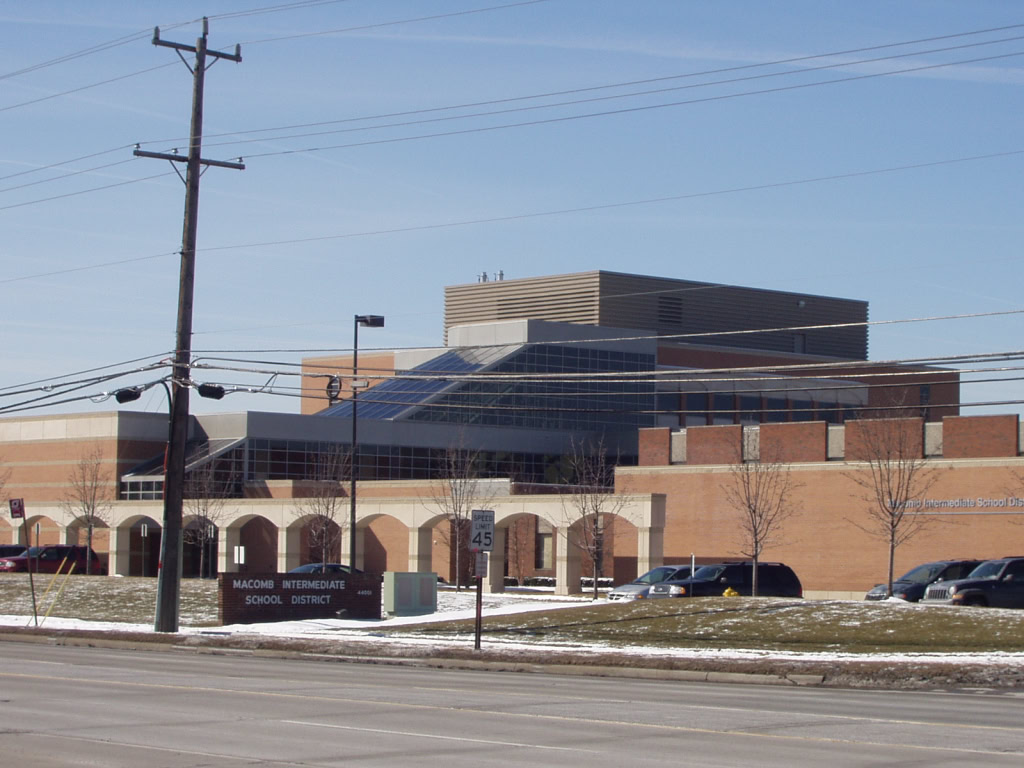

Schoenbrunn and its cultural assimilation scheme was such a success that the Moravians built towns at Lichtenau and Gnadenhutten. The Moravian missionaries urged them to follow European social customs, including monogamous marriage, and take new Christian names. They could no longer engage in war or the ceremonies associated with it, such as painting their faces. The Moravians required the Delaware to abandon much of their traditional heritage. At Schoenbrunn, the Delaware lived like the Anglo settlers in the region – planting crops, serving as skilled craftspeople, attending school, and participating in religious services. The missionary intended this village to be a refuge for the so-called “Christian Delaware” and a location where further outreach efforts could be made. Upon their arrival, Zeisberger established the village of Schoenbrunn, located near modern-day New Philadelphia. However, as the colonial population grew in British North America, more land was needed, and the Lenape were forced westward, reaching Ohio in 1772.

However, this often led to the end of the traditional ways of life of the American Indian converts.ĭuring the 1760s, Zeisberger lived with the Lenape (Delaware) in Pennsylvania.

Zeisberger’s missionary work emphasized how Christianity could be beneficial to the natives. He joined the Moravian Church, eventually settling near Bethlehem, Pennsylvania, and became a missionary to various Native American groups in Pennsylvania and New York. Zeisberger was born in Moravia (the Czech Republic) in 1721 and immigrated to British North America in the late 1730s. Clinton Township’s History Begins in Ohio! The Moravian YearsĬlinton Township’s history begins with David Zeisberger, a Moravian missionary who practiced in the Ohio Country throughout the American Revolution and the new nation’s early years.


 0 kommentar(er)
0 kommentar(er)
